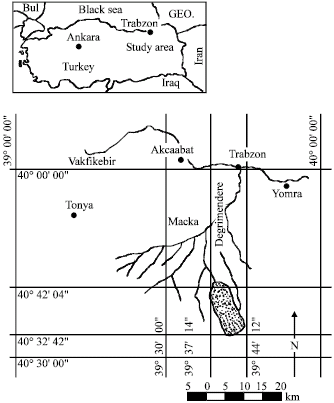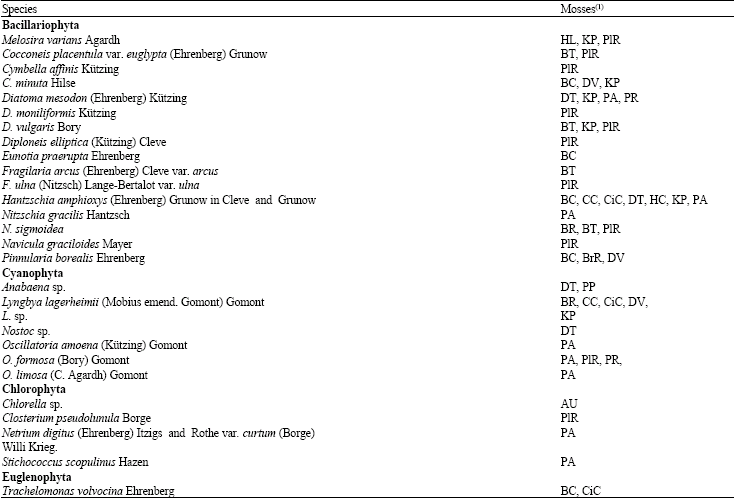Research Article
Epiphytic Algae on Mosses in the Altindere Valley National Park (Macka-Trabzon/Turkey)
Department of Biology Education, Faculty of Fatih Education, Karadeniz Technical University, 61335 Sogutlu, Trabzon, Turkey
T. Ozdemir
Department of Biology, Faculty of Science and Art, Karadeniz Technical University, 61080, Trabzon, Turkey











